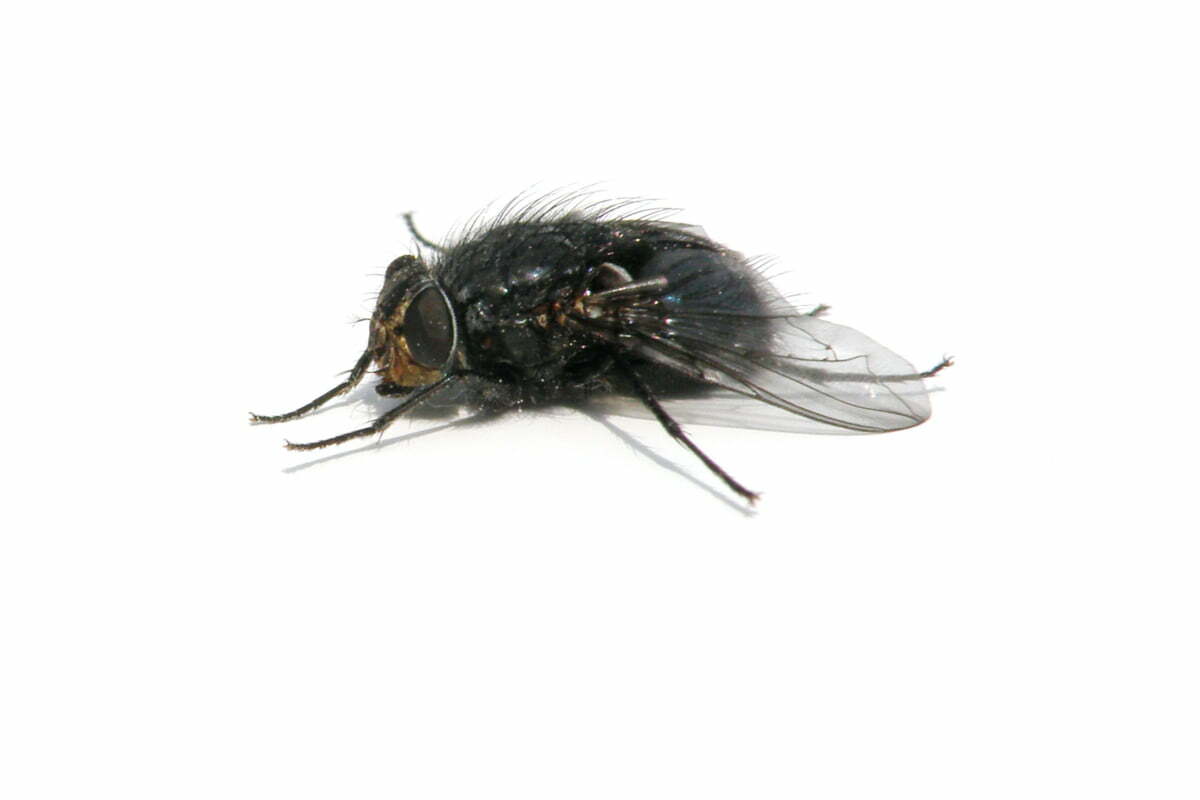Cluster Fly
Appearance
The cluster fly is a type of fly that is 8 mm to 10 mm long when adult. Its body is gray-black with several black and silver stripes and many golden hairs on the thorax.
Think you might have found this insect in your home?
Talk with an Expert
Life Cycle
The cluster fly female lays an average of 100 to 130 eggs per group, dropping them on the ground and moving further to drop others. The larvae that emerge from the eggs develop as parasites inside earth worms. It takes between 27 and 39 days for the cluster fly develop to the adult stage.
Habitat and Food
When cold weather arrives, cluster flies seek refuge in homes and look for hidden places, such as space between walls, attics, closets and empty rooms. Cluster flies are attracted by ultraviolet rays so are often found in groups around windows or on a sunny wall. They feed on nectar, fruit juice and tree sap.
Undesirable Effects
Cluster flies can leave unpleasant stains on walls and curtains. Although they do not cause damage, they often die trapped in structures and attract other types of infestation such as larder beetles.
Preparation Steps for a Treatment
Cluster flies do not hide during the day but seek the sunlight in groups, buzzing around windows or settling on sunny surfaces. Small stains on curtains or walls can also indicate the presence of a large number of cluster flies.
Préparation pour un traitement
- Block all holes and make sure to install window screens (in good condition) wherever possible.
- Vacuum your home, especially in areas where there are dead cluster flies. Discard the vacuum bag in an airtight bag immediately.
- Do the recommended cleaning before treatment.
- Plan that an AJS Extermination specialist could place fly traps in your home. These fly traps should not be moved.